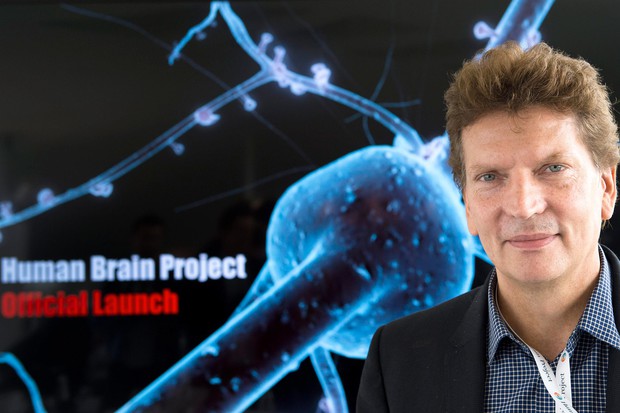Rugby: SBW may be included on end-of-year tour
June 29, 2014
What Just Happened to Europe’s Economy?
June 29, 2014After centuries of research, there’s a great deal we still don’t know about the human brain.
To figure out what’s going on inside your head, the European Union is putting more than $1.6 billion into the Human Brain Project. Neuroscientists across Europe are using big-data systems to compile as much scientific data on the brain as it can find and create computer models that’ll help them find new patterns. To accomplish this, they aim to build a specialized supercomputer capable of replicating the human brain.
The corporate and scientific communities have been early adopters of big data. Retailers sift through huge amounts of information about demographics, buying habits and weather to guess a customer’s next move, and eke out an extra sale from under the nose of a rival. But even with terabytes of data, today’s software can miss important details that seem obvious in hindsight. Just ask the U.S. National Security Agency.
One problem for the brainiacs in Europe is that they can’t get a hold of all the information they need. Neuroscientists aren’t currently incentivized to share data, according to Sean Hill, co-leader of the Human Brain Project’s neuroinformatics research. The group is devising a scoring system that could reward organizations that publish their findings to the scientific community with more grant money, he says.

Henry Markram, neuroscientist and coordinator of the Human Brain Project (HBP), during a press conference at the Ecole Polytechnique Federale de Lausanne (EPFL) in Lausanne, Switzerland, on Oct 7, 2013. Close
Henry Markram, neuroscientist and coordinator of the Human Brain Project (HBP), during… Read More
Open
Photographer: Jean-Christophe Bott/EPA
Henry Markram, neuroscientist and coordinator of the Human Brain Project (HBP), during a press conference at the Ecole Polytechnique Federale de Lausanne (EPFL) in Lausanne, Switzerland, on Oct 7, 2013.
By digitally recreating the brain, scientists are hoping to better understand the process by which genetic disabilities and diseases influence neurological processes. For example, medicine can explain that Fragile X syndrome is a gene mutation that leads to autism, but we don’t understand how it actually causes the disability.
“We know a lot about genetics and a lot about high-level cognitive processes,” says Hill. “What we’re missing is the link between the two. How do you go from genes to behavior? That’s the huge challenge.”
While the U.S. National Institutes of Health has its own brain-mapping project on the other side of the Atlantic, the Europeans have the ambitious goal to design a supercomputer that’s capable of conducting a full-scale simulation of the most complex organ in the body. Such a machine with the requisite processing power to simulate the brain doesn’t even exist yet.
The Human Brain Project is teaming up with manufacturers developing exascale computers, which will be around 1,000 times more powerful than today’s top-of-the-line supercomputers. The first exascale machines are expected to be ready by 2019, and the brain project plans to procure one around 2023. The supercomputer will be the project’s legacy — a system that’s open to scientists to help advance medicine by identifying potential treatments based on clinical data rather than symptoms.
“If you take Alzheimer’s, symptom-based treatment can fail to account for the different types of the disease,” Hill says. “We want to use the data out there to allow more targeted, personalized treatment.”


